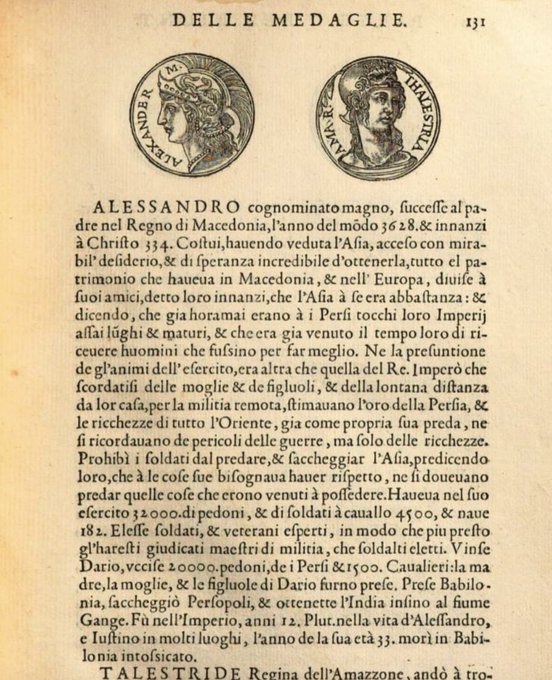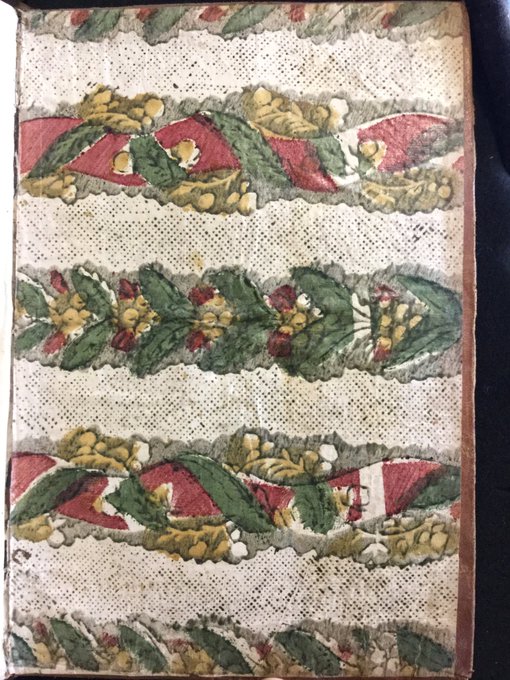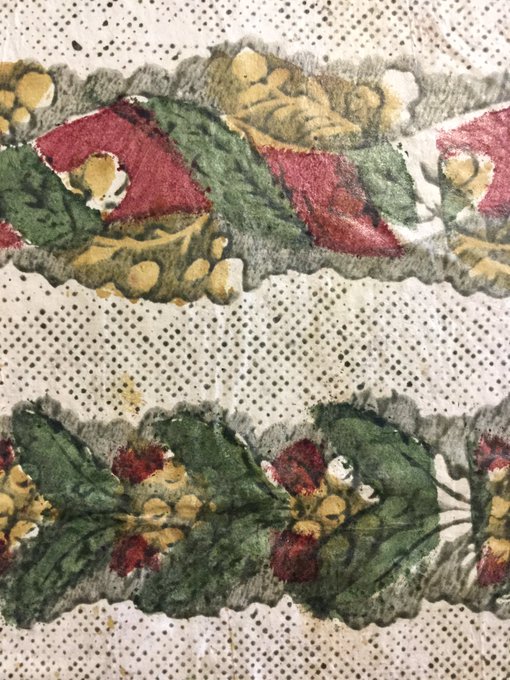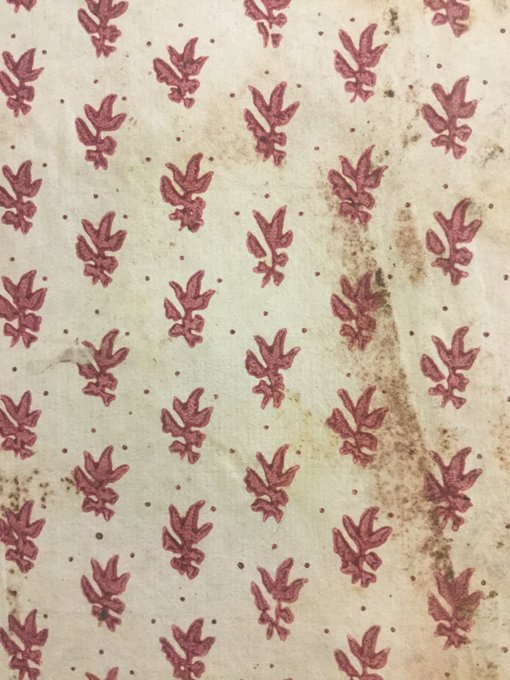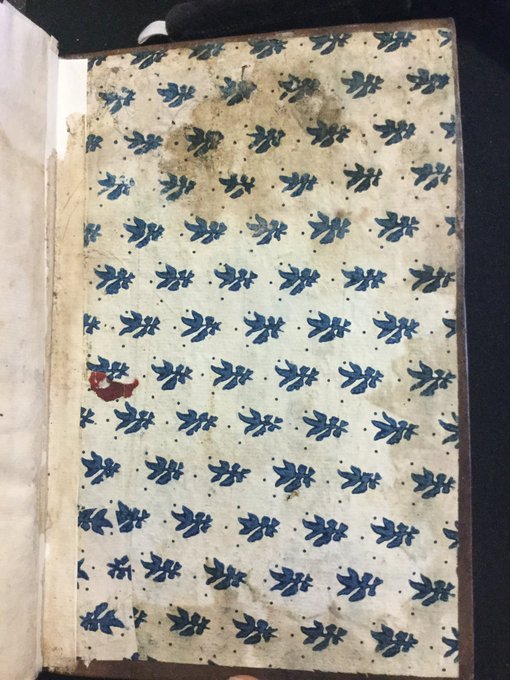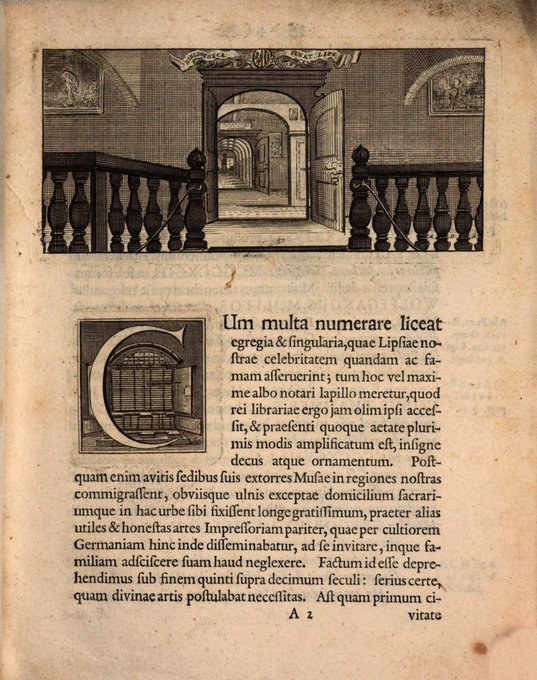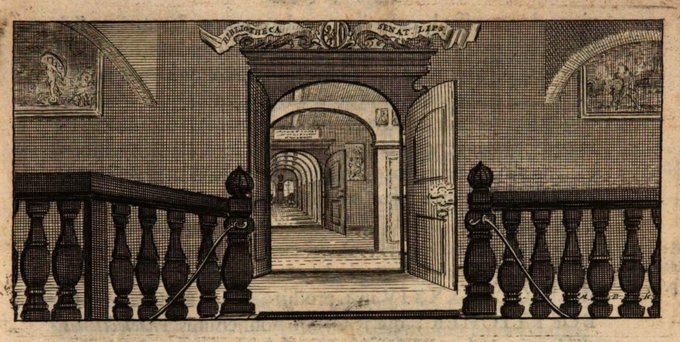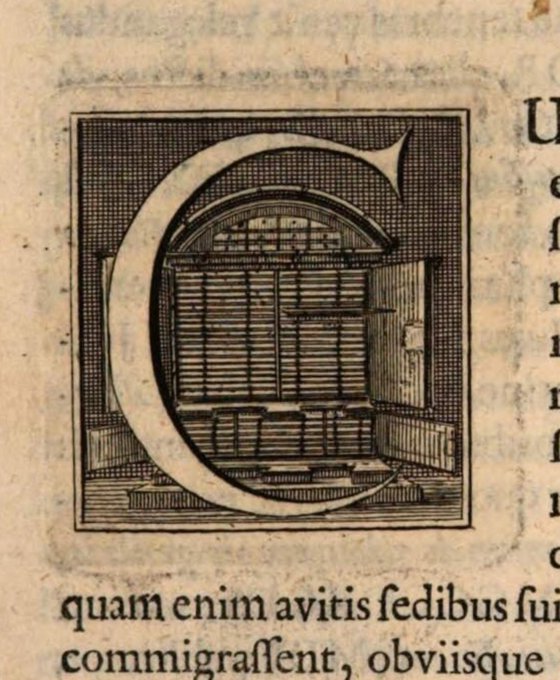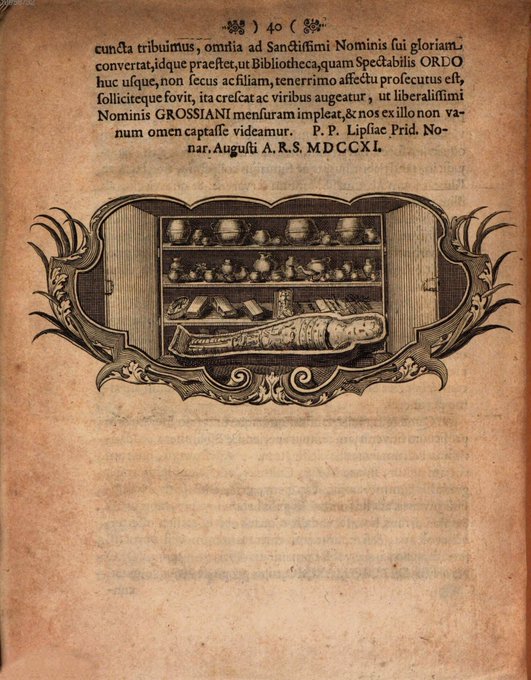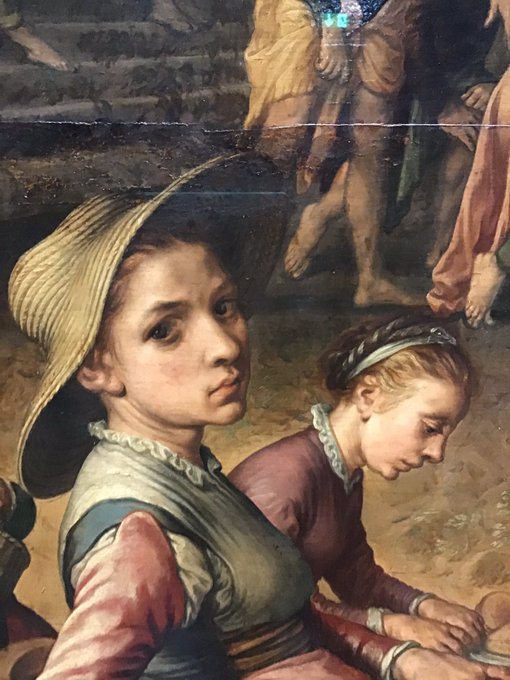They never published the planned edition, but Andreas Müller later edited & translated the text using a copy by Shāhīn Qandī, likely found among the manuscripts Petraeus’s widow sold to Berlin’s Electoral Library after the orientalist’s death. https://t.co/ebnU0HL0Qq
Robyn Radway on friendship albums in sixteenth-century Istanbul, from the latest @EMLC_journal, a special issue devoted to Dutch alba amicorum. https://t.co/tgEnlB79vh
Translations into Turkish by the Polish-Ottoman dragoman Wojciech Bobowski/ʿAlī Ufḳī (c. 1610-1675) of biographies of historical figures from the Italian translation of Guillaume Rouillé’s 1553 Promptuarium iconum insigniorum. BnF, Supplément turc 1217.
1665 manuscript of Biblical and liturgical texts in more than a dozen languages, including Syriac, German, Greek, Arabic, Persian, Coptic. Each page of text faces a corresponding illustration. BL, Add MS 5242. https://t.co/aKToqZl7BG
Decorative endpapers from nineteenth-century Ottoman printed books from the library of Joseph von Hammer-Purgstall (1774-1856), purchased after his death by the Leipzig University Library.
Headpiece, coin-cabinet initial, and mummy from Gottfried Christian Goetze’s 1711 work celebrating the opening of the Leipzig Ratsbibliothek to the public. https://t.co/CGHHm476PZ
In contrast to the Cologne painting’s persistent sensuality, the Frankfurt Aertsen registers human touch’s emotional variations. A curious liminal figure, a market woman in the background with the biblical scene, clutches a broccoli like it could support her weight.
His market scene, now in Cologne, comes to mind. Also about touch, but differently. Its almost indecent enumeration of the ways of handling food.
Then there’s Aertsen‘s Christ and the Adulteress, which always amazes me. Today, struck by his composition around two scenes of contrasting gender dynamics. A market with men surrounded by women. The adulteress encircled by angry men.
The museum floats a possible attribution to Jan Swart van Groningen. I looked into this a while ago, and if I recall correctly, part of the argument was the use of this figure from Swart’s woodcut of Christ preaching from a ship. I’m skeptical. Maybe Aertgen van Leyden instead?










